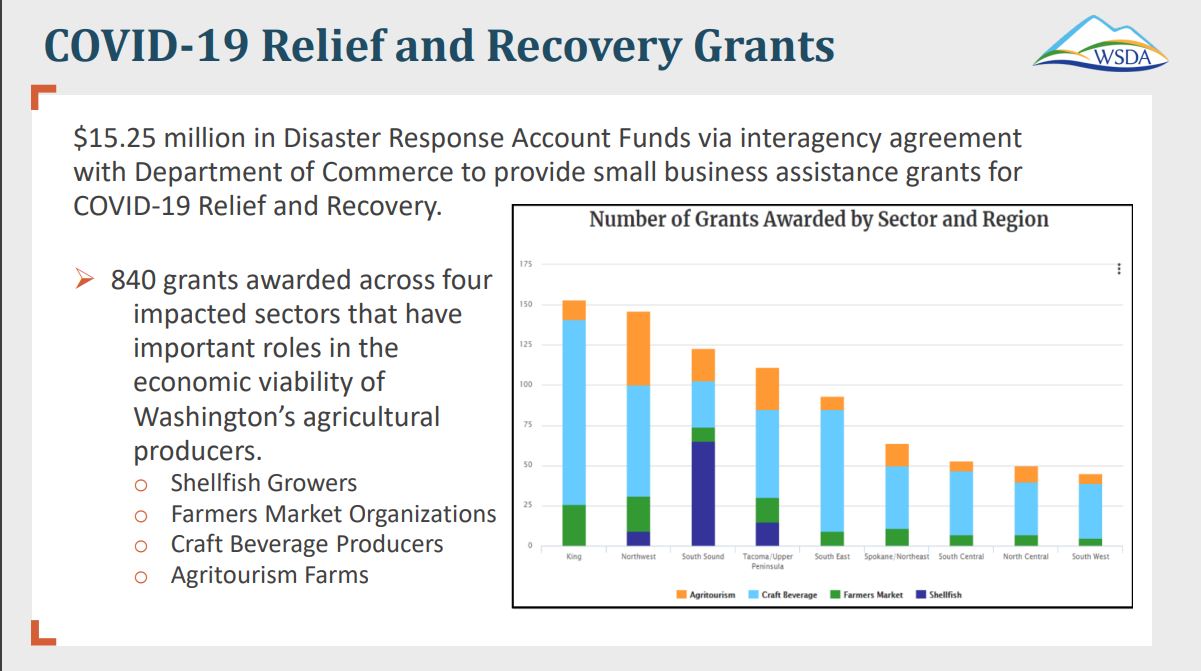Up to one in three Washingtonians used state food assistance at some point between last October and January, and the University of Washington and Washington State University are diving into those numbers in a new report.
That report is due out on Tuesday, but information on food insecurity during the pandemic was provided to legislators at a House Appropriations Committee on Sept. 23. Before the pandemic in 2019, one in six Washingtonians used food programs. That increased to one in four and eventually rose to one-third.

The Morning Wire: Keeping you informed on politics, policies, and personalities of Washington State.
That figure paints an imperfect picture of actual food need, said Laura Raymond, Regional Markets Program Manager with the Washington State Department of Agriculture, as many families may not have used state programs. The universities’ report will be digging into those numbers to identify food insecurity disparities among communities.
Over the pandemic, millions of dollars have been directed towards food and agriculture programs in Washington State. From April 2020 to this June, $140 million came from federal agencies and programs to enhance food assistance programs, provide emergency food and other services.
Below is a graphic outlining which areas of the state received funding in the third of three rounds of capacity grants.
The pandemic also shifted demand to small meat processors, and $5 million of the CARES funding went to these producers to help improve capacity. Roughly $15.25 million in Disaster Response Account Funds from the Department of Commerce went to provide small business assistance grants for COVID relief and recovery, and included 840 grants across four impacted sectors that can be seen in the graphic below.
Significant amounts of grants were given to craft beverage producers, including distilleries, breweries, cideries and small wineries. Raymond said these businesses rely heavily on sales and tasting rooms which were closed during the pandemic. They also rely on ingredients purchased from Washington State agriculture like hops, apples, pears and grapes.
“We recognize the interconnectedness of the economy,” Raymond said.
In the biennial budget, the state legislature invested more than $94 million into food systems, including the Focus on Food program. One of the largest appropriations for the 2022-23 biennium was $45 million from USDA We Feed WA pilot program which ended abruptly in May.
Finally, the state Department of Agriculture has been working with the Office of Equity. This includes providing $180,000 of one-time funding to look at ways to better include underrepresented ranchers and farmers in program strategies. There’s also $5 million set aside for the new Farm to School purchasing grant which will provide schools money to buy food locally in the state.
Another $8 million will be put towards local supply chain and market access grants prioritizing women, minority and small business owners.
Your support matters.
Public service journalism is important today as ever. If you get something from our coverage, please consider making a donation to support our work. Thanks for reading our stuff.



